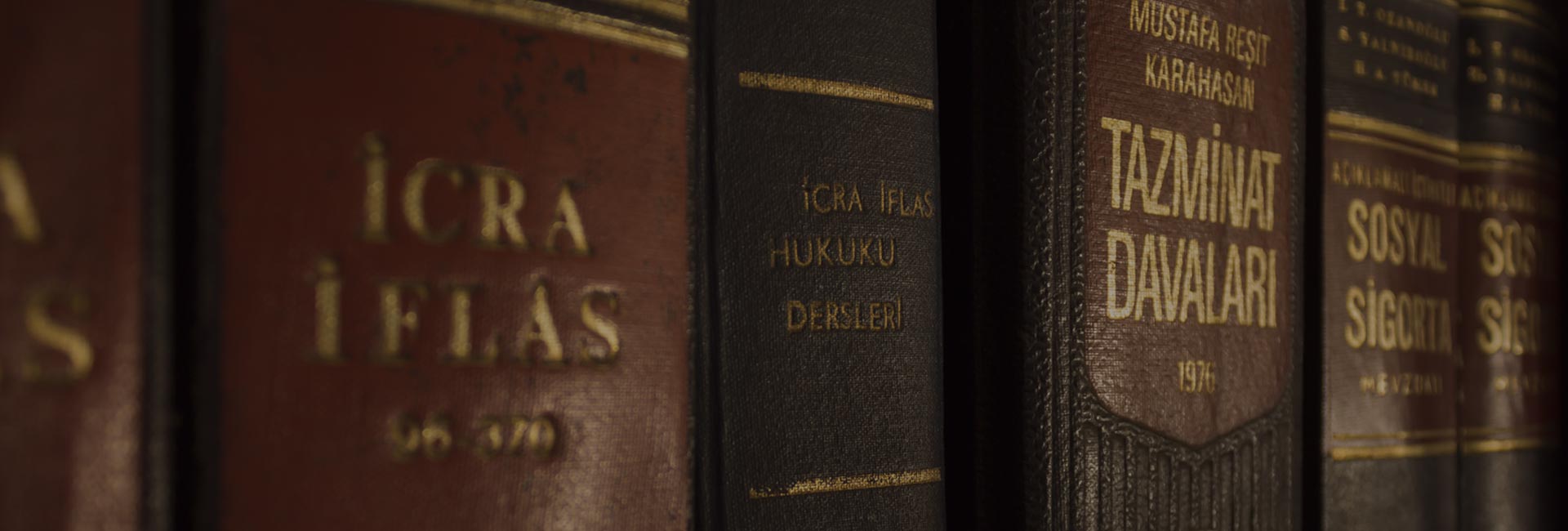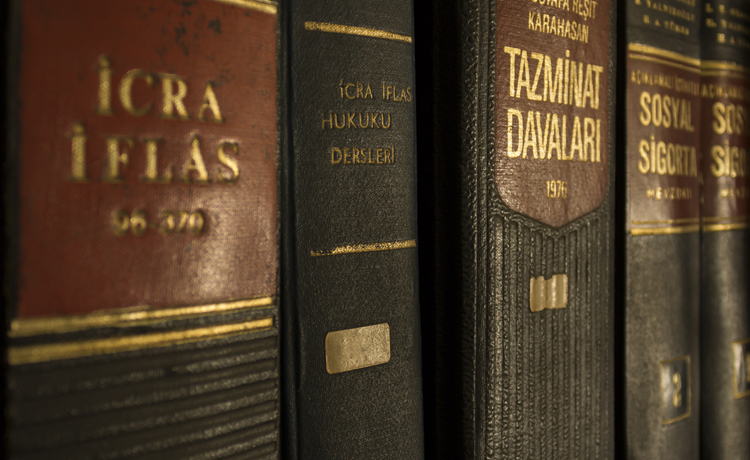Current Location : Home > Publications
Publications
Publications
Noteworthy Issues in China's First Judicial Interpretation on Patent Validity
DATE:2020-10-12 FROM:LexFieldDavid Huang
LexField Law Offices
• The interpretation includes noteworthy rules on substance and procedures, and brings more consistency with rules for infringement actions.
• The promulgation of this interpretation has taken unusually long, and the final interpretation is much narrower and more modest than its previous drafts. Objection from CNIPA is an important cause to the delay and watering-down.
• Several articles present in earlier drafts are not included in the final text. The deletion implies that relevant disagreements between CNIPA and the courts were not totally resolved and the deletion was a compromise for now.
The Supreme People's Court ("SPC") of
China has recently promulgated its first judicial interpretation ("JI")
governing judicial review of CNIPA's patent reexamination and invalidation
decisions. The JI includes articles addressing
both substantive laws and procedural issues. Many of the articles merely codify practice that has been adopted by the
relevant courts and CNIPA and thus are not discussed here. Below we focus on articles that are
particularly noteworthy and some articles that were included in the earlier
drafts of this JI but are conspicuously absent from the final text.
Claim construction in examination and invalidation actions
Articles 2 and 3 of the JI relate to rules for claim construction in examination and invalidation, although the two articles intentionally use a Chinese term for "claim construction" different from that for infringement actions.
Consistent with infringement actions, Article 2 provides that intrinsic evidence should be preferred over extrinsic evidence in claim construction. Since SPC had close communication with CNIPA in making this JI, it is believed that Article 2 will overtake the relevant paragraphs in CNIPA's Examination Guidelines ("Guidelines") which apparently prefer extrinsic evidence.
Article3 provides for the so-called "reverse estoppel" in that arguments made by a patent owner can be used to interpret the claims in an invalidation action. This article completes the mutual influence between invalidation and infringement actions, and imposes a higher requirement for patent owners in making arguments.
There was a notable deletion of a provision from the earlier draft, which would stipulate that prior examination history can be used to construct the claims in examination and invalidation actions. This deletion means that CNIPA and the courts would give little weight to the patent applicant/owner's prior arguments in previous examination or invalidation actions and focus more on objective evidence on records, which is a major difference from the rule for infringement actions.
Experimental data
It has been well known that China emphasizes experimental data in the inventiveness analysis and disclosure sufficiency analysis, particularly for chemical and life-science inventions. Several articles in this JI relate to this topic.
Codifying the spirit given by courts in the high-profile case eventually invalidating pharmaceutical patent No. 201110006357.7, Article 5 formally provides that if evidence on records proves that the embodiment, technical effect, data or diagrams in the specification and drawings were fabricated, the court can invalidate the relevant claims based on the applicable legal grounds.
Meanwhile, Article 10 deals with supplemental data submitted by applicants for pharmaceutical patent applications to prove the inventiveness or disclosure sufficiency. This article is notable for both what it says and what it does not say. It says that, in line with Chia's commitment made in the phase-one trade agreement with the US, the court shall examine supplemental data submitted by the applicant after the effective filing date. But what is more notable is that this article does not say: (1) whether it also applies to granted patents (i.e. data submitted in invalidation actions), (2) whether it applies to other types of applications than pharmaceutical ones, and (3) what criteria the court will use to recognize or deny the value of such data regarding inventiveness of disclosure sufficiency, particularly whether the court should adopt the standard CNIPA gives the Guidelines: the value of such data can be recognized only if the "technical effect" to be proven by such data should be able to be derived from original disclosures of the application.
Actual problem to be solved by a distinguishing feature
Article 12 codifies the spirit SPC gave in its judgment on the reexamination proceeding of patent application No. 201210057668.0, where it held that the requirement of inventiveness serves a different legislative purpose from disclosure sufficiency, and there is no need for the specification and drawings to provide teachings on the technical effect to be achieved by a distinguishing feature of the subject claim over the closest prior art; instead, the court can make a determination on the technical effect (and thus the actual problem to be solved) based on common knowledge in the art, the relationship between the distinguishing feature and other features in the claim and the function of the distinguishing feature in the technical solution defined by the claim.
CNIPA strongly objected to SPC's judgment, but the formal promulgation of this article in this JI implies that SPC and CNIPA have reached agreement.
This article calls for new considerations from patent challengers and patent owners in future invalidation actions. Even if a claim survives an inventiveness challenge because the authority recognizes the actual problem based on the determination methodology provided in this article, there is a question whether the claim can be challenged on the grounds that the specification and drawings provide no explicit teachings on the relevant technical effect.
Space for design and factors to determine it
Article 14 will introduce this concept into the novelty and marked-difference analysis for designs, as it has been used in infringement actions, in that when the space for design is large, general consumers are less likely note a small difference between two designs, and if the space is small, the consumers are more likely to note such a difference.
This article further lists the following factors by which the court may determine the space:
(1) function and usage of the subject product;
(2) the overall situation of the prior designs;
(3) designs commonly used in the art;
(4) compulsory provisions in laws and administrative regulations;
(5) national or industrial technical standards; and
(6) other applicable factors.
Although this JI is for validity actions, the above factors should also be used in infringement actions.
Invalidation decisions beyond the scope of the challenger's requests
This issue is about some controversial invalidation cases where CNIPA's decisions were challenged for having gone beyond the challenger's requests, which was regarded as an abuse of its ex officio powers.
An article included in an earlier draft of this JI would provide that CNIPA should make an invalidation decision within the scope of (1) the challenger's requests and (2) a list of exceptional scenarios given in the Guidelines where CNIPA can make ex officio actions beyond the challenger's requests; otherwise the court should reverse the decision.
With the deletion of the above article, Article 23 of the formal JI addressing CNIPA's procedures in invalidation actions is more focused on whether CNIPA gives the parties a notice and opportunity to respond for any new ground CNIPA may introduce that goes beyond the normal scope. This supposedly will give CNIPA more leeway to introduce ex officio grounds (on the legal basis or evidence) in invalidating patents, and patent owners need to be vigilant.
Partial reversal of CNIPA's decisions
Article 24 of the JI states that the court can partially reverse a CNIPA decision toward some of the claims or designs while maintaining the decision on the other claims or designs. This is a long-awaited procedural improvement, particularly for an invalidation action accompanying an infringement action. Under this article, the portion of a CNIPA decision that is not reversed would be regarded as becoming effective earlier, which would bring more procedural certainty to the proceedings.
Also, Article 25 and 25 together give courts the flexibility on whether it is necessary to order CNIPA to make a new decision for a decision that was fully or partially reversed by the court. The possibility of no need for a new decision is also a procedural improvement.
Deletion of an article on new matter
An article in a previous draft of the JI would adopt the same standards for the determination of new matter determination as for the determination of the support by the specification to claims, but this article is not present in the formal JI, likely because of strong objection by CNIPA.
Deletion of an article on standing to invalidate a design patent
A design patent can be invalidated if it is in conflict with a prior right (e.g. copyright) of a third party. A relevant procedural question is who has the standing to invoke this ground in an invalidation action.
PRC Patent Law and its Implementing Rules as the superior laws do not provide any limitation on the standing, but CNIPA's Guidelines stipulate that only the owner of the prior right or an interested party related to that right has the standing. There are arguments that this CNIPA stipulation is invalid as it is inconsistent with the PRC Patent Law and its Implementing Rules. And there were cases where the courts issued judgments overruling the CNIPA stipulation, which has brought some certainty to this issue. An article was included in a previous draft of this JI which appeared as a formal codification of those court judgments, but now it is not present in the formal JI. No reason was given on this deletion, and uncertainty on the standing issue is back again.
- PREVIOUS: Supreme Court Sends Alert...
- NEXT: Statistics of Chinese SEP...
- RETURN




